The Government issued Resolution No. 306 on adjusting the National Master Plan for the 2021-2030 period, with a vision to 2050.
The general goal is to strive for Vietnam to be a developing country with modern industry and high average income by 2030; to establish a new growth model, taking science and technology, innovation and digital transformation as the main driving force; to organize an effective, unified and sustainable national development space model, with dynamic regions, economic corridors and growth poles playing a leading role in socio-economic development and enhancing national competitiveness...

The Government adjusted the National Master Plan for the 2021-2030 period, with a vision to 2050, which sets a target of GDP per capita at current prices of about 8,500 USD by 2030.
Average GDP reaches over 8%/year in the period 2021 - 2030
Economically, the Government strives for an average gross domestic product (GDP) growth rate of over 8% per year in the 2021-2030 period. By 2030, GDP per capita at current prices will reach about 8,500 USD.
The proportion of the service sector in GDP will reach over 50%, the industry - construction sector over 40%, the agriculture, forestry and fishery sector under 10%. The average growth rate of social labor productivity will reach about 7%/year in the 2021-2030 period; of which the 2026-2030 period will reach over 8.5%/year. The contribution of total factor productivity (TFP) to growth will reach over 55%.
Promoting the advantages of each socio-economic region; focusing on developing the two dynamic regions of the North and the South associated with the two growth poles of Hanoi and Ho Chi Minh City, the North-South economic corridor, the Lao Cai - Hanoi - Hai Phong - Quang Ninh economic corridor, the Moc Bai - Ho Chi Minh City - Bien Hoa - Vung Tau economic corridor with synchronous and modern infrastructure, high growth rate, contributing greatly to the overall development of the country.
Strongly develop digital infrastructure and data infrastructure to create a foundation for national digital transformation, develop digital government, digital economy, digital society; the proportion of digital economy reaches about 30% of GDP...
Establishing a new growth model
In the resolution, the Government also set out key tasks during the planning period.
In which, the national infrastructure framework is basically formed, focusing on transport infrastructure, urban infrastructure, rural infrastructure, energy infrastructure, digital infrastructure, cultural and social infrastructure, irrigation infrastructure, environmental protection, disaster prevention and control, and climate change adaptation.
Establish a new growth model, with science, technology, innovation and digital transformation as the main driving force. Prioritize the development of a number of industries and fields with potential, advantages and large room for growth, in line with the general trend of the world and linked to new development space.
At the same time, develop key national growth poles and dynamic regions to form locomotives leading the country's development. Select a number of localities, cities, and regions with special advantages to build economic and financial centers, special administrative-economic units with unique, outstanding institutions, mechanisms, and policies of breakthrough nature, with high international competitiveness...
According to the Government, it is necessary to form and develop economic corridors along the North-South axis, East-West economic corridors, coastal economic belts; effectively connect seaports, airports, international border gates, major trading hubs, urban areas, economic centers, growth poles; effectively connect with economic corridors of the region and the world.
Develop industrial - urban - service belts in dynamic regions and large urban areas; promote and improve the efficiency of regional linkages, effectively exploit new development spaces after mergers, and rearrange administrative units at all levels.
Regarding the development of dynamic regions, the resolution clearly states the selection of a number of locations with the most favorable conditions in the regions to form national dynamic regions.
Specifically, the development of the Northern dynamic region includes Hanoi and areas associated with Ring Road 4, Ring Road 5, National Highway 5, National Highway 18, expressways CT01, ST04, ST05, CT07, CT09 through Hai Phong city and the provinces of Bac Ninh, Thai Nguyen, Phu Tho, Ninh Binh, Hung Yen, Quang Ninh; in which, Hanoi is the growth pole.
Building the Northern dynamic region to take the lead in developing high-quality human resources, science, technology, innovation, digital economy, digital society; promoting the role of the national economic, cultural, educational, training, healthcare, science, technology, and innovation center...
The development of the Southern dynamic region includes areas along Highway 22, Highway 13, Highway 1, Highway 51, the North-South Expressway in the West and Ring Road 4 through Ho Chi Minh City and Dong Nai and Tay Ninh provinces; in which Ho Chi Minh City is the growth pole. In the period after 2030, research will be done to expand the scope of the dynamic region.
Building the Southern dynamic region to lead the country and the Southeast Asia region in economics, finance, trade, services, healthcare, education, training and development of high-quality human resources, science, technology, innovation, and digital transformation.
Focus on strongly developing the innovation ecosystem, taking the lead in transforming the growth model, building a digital economy and digital society. Strongly developing financial, banking, science, technology and logistics services. Developing an international financial center in Ho Chi Minh City with the goal of becoming a leading international financial center, raising Vietnam's position in the global financial network associated with economic growth drivers...
Forming and developing the Central dynamic region including coastal areas of the provinces and centrally-run cities: Hue, Da Nang, Quang Ngai, Gia Lai; in which Da Nang is the growth pole.
Continue to form and develop coastal urban systems, marine tourism centers; national petrochemical and energy industrial centers, automobile industry, mechanical engineering support; develop seaports and seaport services, airports and aviation industry; logistics services associated with seaports and airports...
Forming and developing the dynamic zone of the Mekong Delta including the areas of Can Tho city and the provinces of An Giang, Vinh Long, Dong Thap associated with the connecting areas of the expressways (North-South expressway in the East section of Can Tho - Vinh Long, An Huu - Cao Lanh expressway, North-South expressway in the West from Cao Lanh to Rach Soi, Chau Doc - Can Tho - Soc Trang expressway, Ha Tien - Rach Gia - Bac Lieu) and Phu Quoc special zone; in which Can Tho is the growth pole. In the period after 2030, research to expand the scope of the dynamic zone associated with Tran De seaport.
Building the Mekong Delta dynamic region into a center of services, tourism, logistics, and industry serving agriculture. Forming key agricultural centers associated with specialized areas; building the region into a national center of science, technology, innovation in agriculture and services serving agriculture. Developing the marine economy, focusing on building Phu Quoc special zone (An Giang province) into an international center of marine services and eco-tourism, connecting with major economic centers in the region and the world.
Forming the North Central dynamic region includes areas along the Eastern North-South Expressway, National Highway 1 and coastal roads, linked with provincial central urban areas, coastal tourist urban areas and coastal economic zones of the three provinces of Thanh Hoa - Nghe An - Ha Tinh.
Building the North Central dynamic region into a center of the country's petrochemical, metallurgical, mechanical engineering, automobile and supporting industries; at the same time, rapidly developing new industries such as electronics, semiconductors, artificial intelligence, digital technology, high-tech industries..., creating a driving force to promote the socio-economic development of the entire region...
In addition, gradually build and form dynamic areas in the South Central Coast and Central Highlands (Khanh Hoa, Lam Dong and neighboring areas).
Source: https://vtcnews.vn/chinh-phu-dat-muc-tieu-gdp-binh-quan-dat-8-500-usd-nguoi-vao-nam-2030-ar969676.html







![[Photo] Super harvest moon shines brightly on Mid-Autumn Festival night around the world](https://vphoto.vietnam.vn/thumb/1200x675/vietnam/resource/IMAGE/2025/10/07/1759816565798_1759814567021-jpg.webp)














































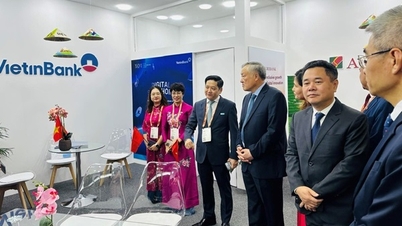















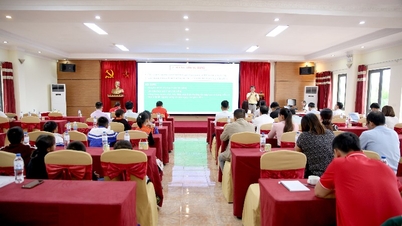







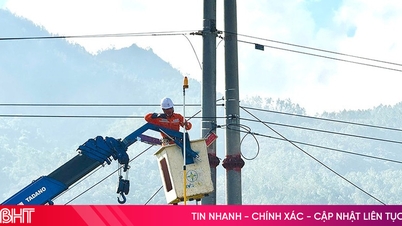












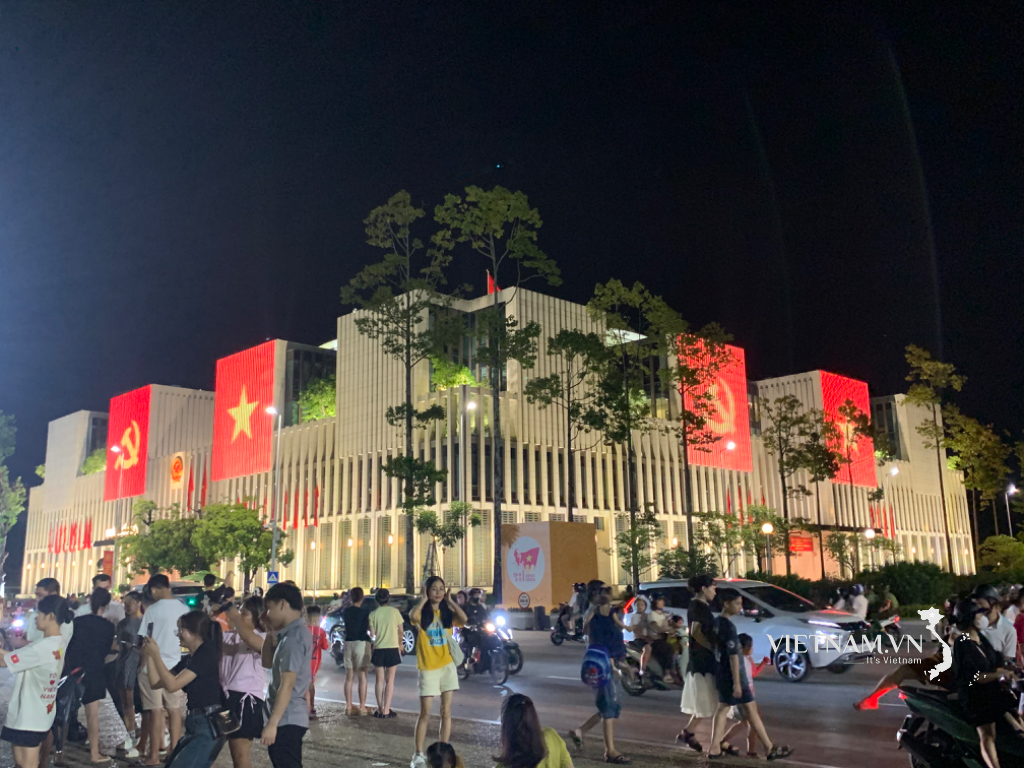

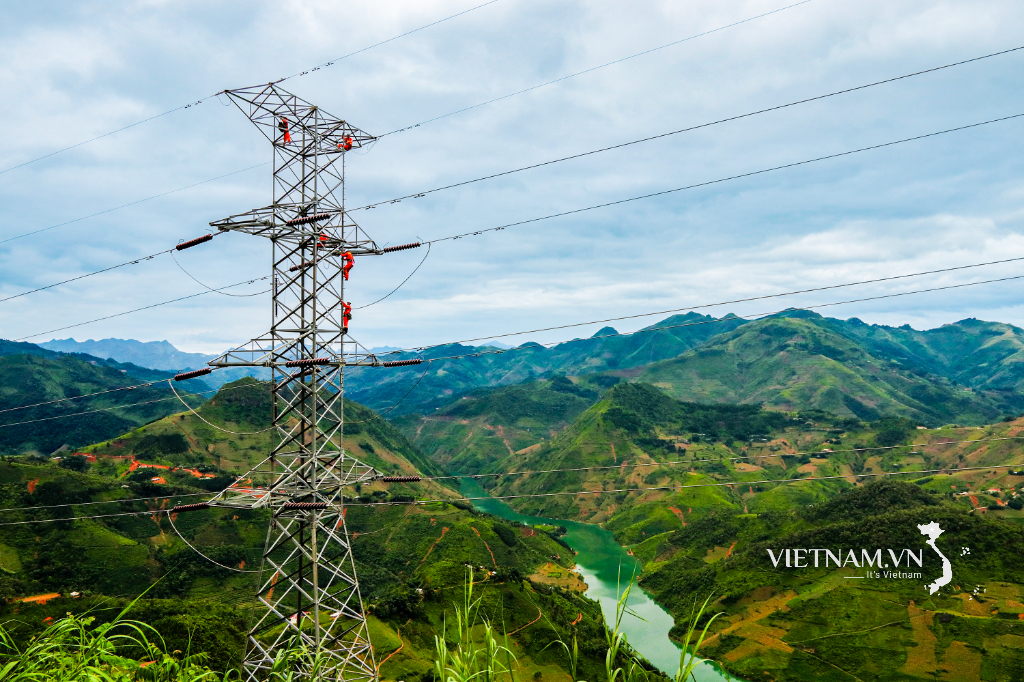
Comment (0)